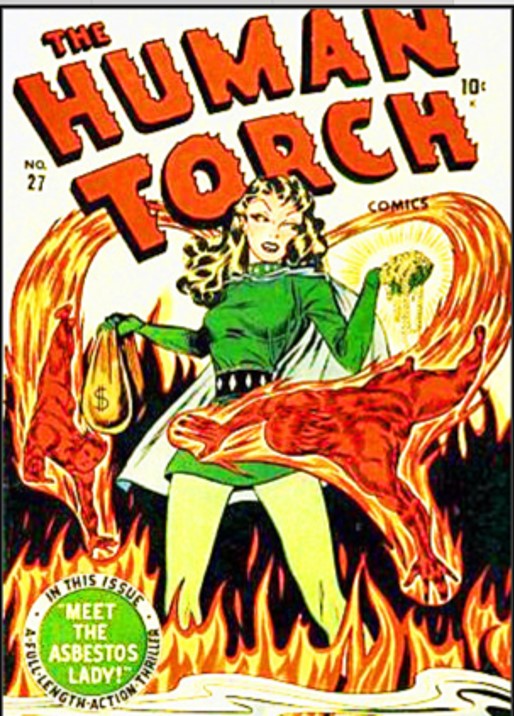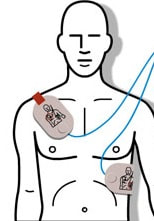Slips, trips and falls are the biggest cause of minor accidents and major accidents in the workplace. If you google "slips, trips and falls" the first advert that comes up will be from a claims company.
|
AuthorSteve Celli is the Senior Tutor at Castle Hill Training, don't be fooled by his youthful good looks he has decades of experience in training. Archives
February 2023
Categories |
Proudly powered by Weebly





 RSS Feed
RSS Feed